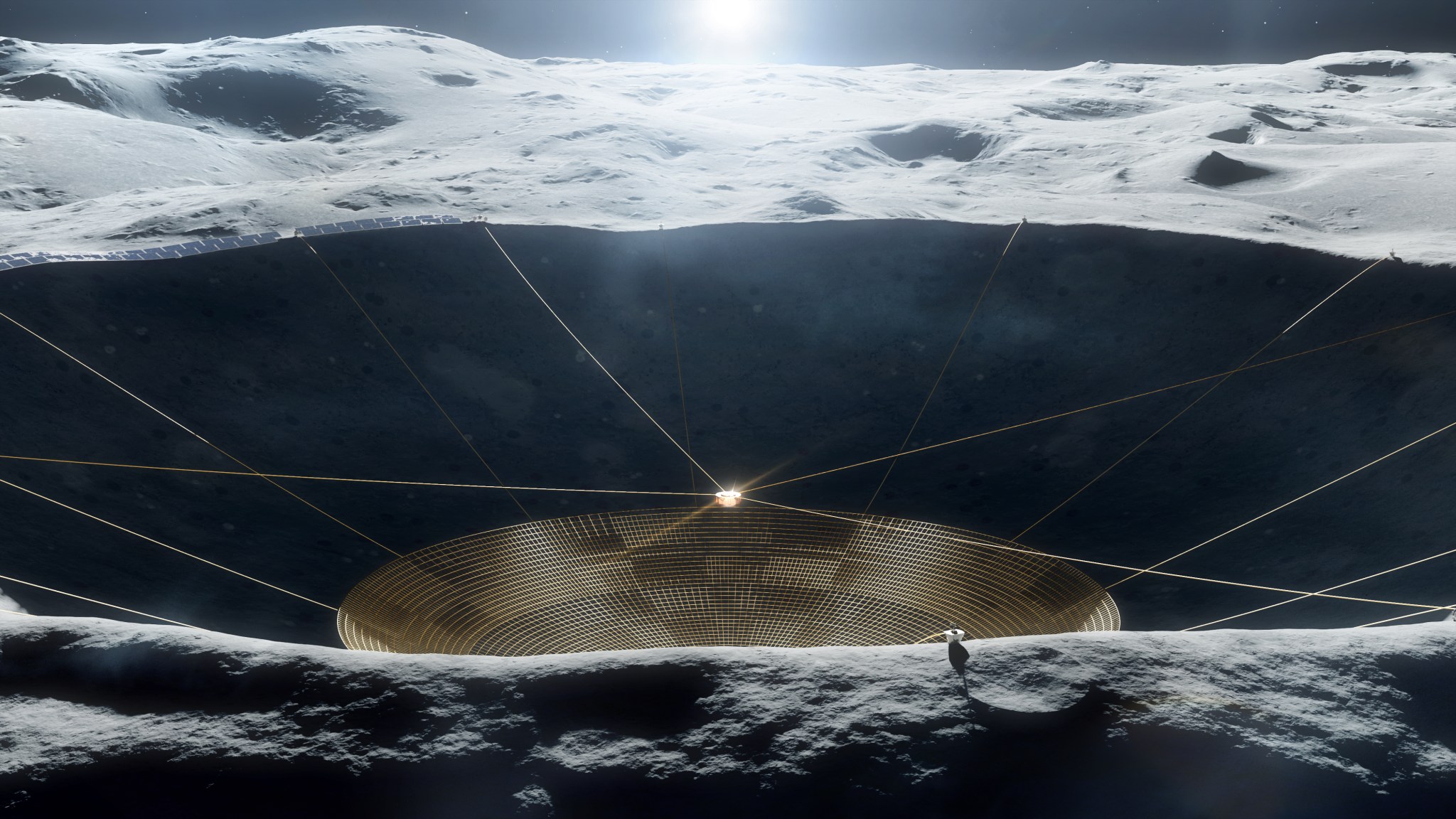NASA encourages researchers to develop and study unexpected approaches for traveling through, understanding, and exploring space. To further these goals, the agency has selected seven studies for additional funding – totaling $5 million – from the NASA Innovative Advanced Concepts (NIAC) program. The researchers previously received at least one NIAC award related to their proposals.
“Creativity is key to future space exploration and fostering revolutionary ideas today that may sound outlandish will prepare us for new missions and fresh exploration approaches in the coming decades,” said Jim Reuter, associate administrator for NASA’s Space Technology Mission Directorate (STMD).
NASA selected the proposals through a peer-review process that evaluates innovation and technical viability. All projects are still in the early stages of development, with most requiring a decade or more of technology maturation. They are not considered official NASA missions.
Among the studies is a neutrino-detecting mission concept that will receive a $2 million Phase III NIAC grant to mature related technology over two years. Neutrinos are one of the most abundant particles in the universe but are challenging to study since they rarely interact with matter. Therefore, large and sensitive Earth-based detectors are best suited to detect them. Nikolas Solomey from Wichita State University in Kansas proposes something different: a space-based neutrino detector.
“Neutrinos are a tool to ‘see’ inside stars, and a space-based detector could offer a new window into the structure of our Sun and even our galaxy,” said NIAC Program Executive Jason Derleth. “A detector orbiting close to the Sun could reveal the shape and size of the solar furnace at the core. Or, by going in the opposite direction, this technology could detect neutrinos from stars at the center of our galaxy.”
Solomey’s previous NIAC research showed the technology could work in space, explored different mission flight paths, and developed an early prototype of the neutrino detector. With the Phase III grant, Solomey will prepare a flight-ready detector that could be tested on a CubeSat.
In addition, six researchers will receive $500,000 each to conduct Phase II NIAC studies for up to two years.
Jeffrey Balcerski with the Ohio Aerospace Institute in Cleveland will continue work on a small spacecraft “swarm” approach to studying Venus’ atmosphere. The concept combines miniature sensors, electronics, and communications on kite-like, drifting platforms to conduct around nine hours of operations in the clouds of Venus. High-fidelity simulations of deployment and flight will further mature the design.
Saptarshi Bandyopadhyay, a robotics technologist at NASA’s Jet Propulsion Laboratory in Southern California, will continue research on a possible radio telescope within a crater on the far side of the Moon. He aims to design a wire mesh that small climbing robots could deploy to form a large parabolic reflector. The Phase II study will also focus on refining the capabilities of the telescope and various mission approaches.
Kerry Nock, with Global Aerospace Corporation in Irwindale, California, will mature a possible way to land on Pluto and other celestial bodies with low-pressure atmospheres. The concept relies on a large, lightweight decelerator that inflates as it approaches the surface. Nock will address the technology’s feasibility, including the riskier components, and establish its overall maturity.
Artur Davoyan, an assistant professor at the University of California, Los Angeles, will advance CubeSat solar sails for exploring the solar system and interstellar space. Davoyan will fabricate and test ultra-lightweight sail materials capable of withstanding extreme temperatures, examine structurally sound methods for supporting the sail, and investigate two mission concepts.
Lynn Rothschild, a scientist at NASA’s Ames Research Center in California’s Silicon Valley, will further study ways to grow structures, perhaps for future space habitats, out of fungi. This phase of research will build on previous mycelia production, fabrication, and testing techniques. Rothschild, along with an international team, will test different fungi, growth conditions, and pore size on small prototypes at environmental conditions relevant to the Moon and Mars. The research will also assess terrestrial applications, including biodegradable plates and rapid, low-cost structures.
Peter Gural with Trans Astronautica Corporation in Lakeview Terrace, California, will research a mission concept to find small asteroids faster than current survey methods. A constellation of three spacecraft would use hundreds of small telescopes and onboard image processing to conduct a coordinated search for these objects. Phase II aims to mature and prove the proposed filter technology.
NIAC supports visionary research ideas through multiple progressive phases of study. In February 2021, NASA announced 16 new NIAC Phase I proposal selections. STMD funds NIAC and is responsible for developing the new cross-cutting technologies and capabilities needed by the agency to achieve its current and future missions.
For more information about NASA’s investments in space technology, visit:
-end-
Clare Skelly
Headquarters, Washington
202-358-4273
clare.a.skelly@nasa.gov






























